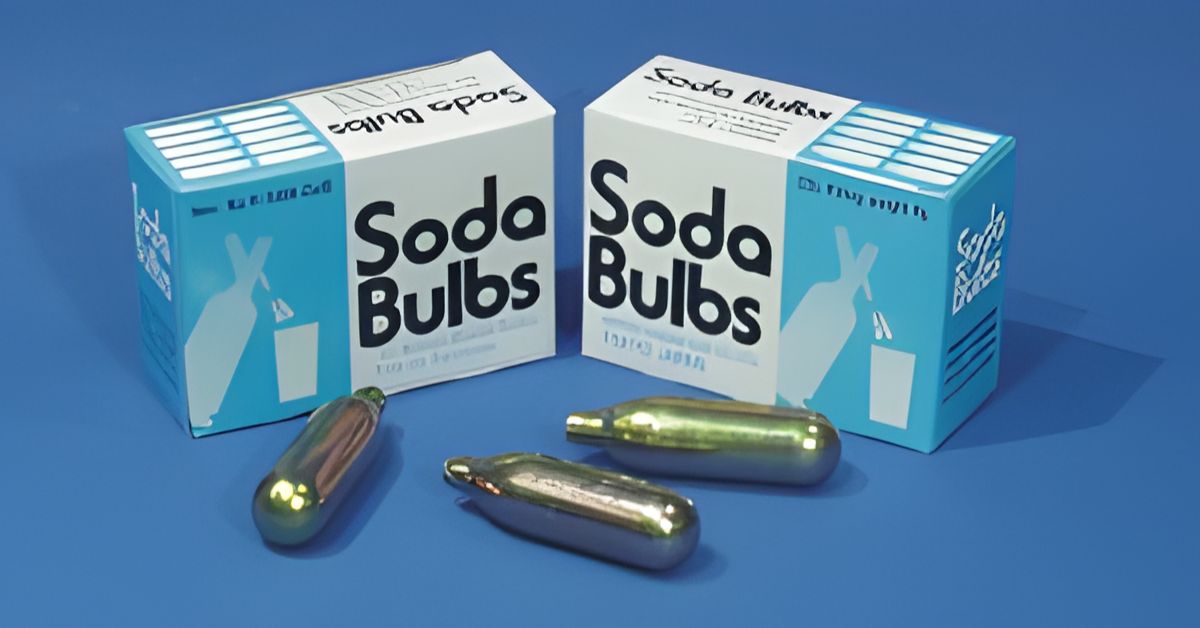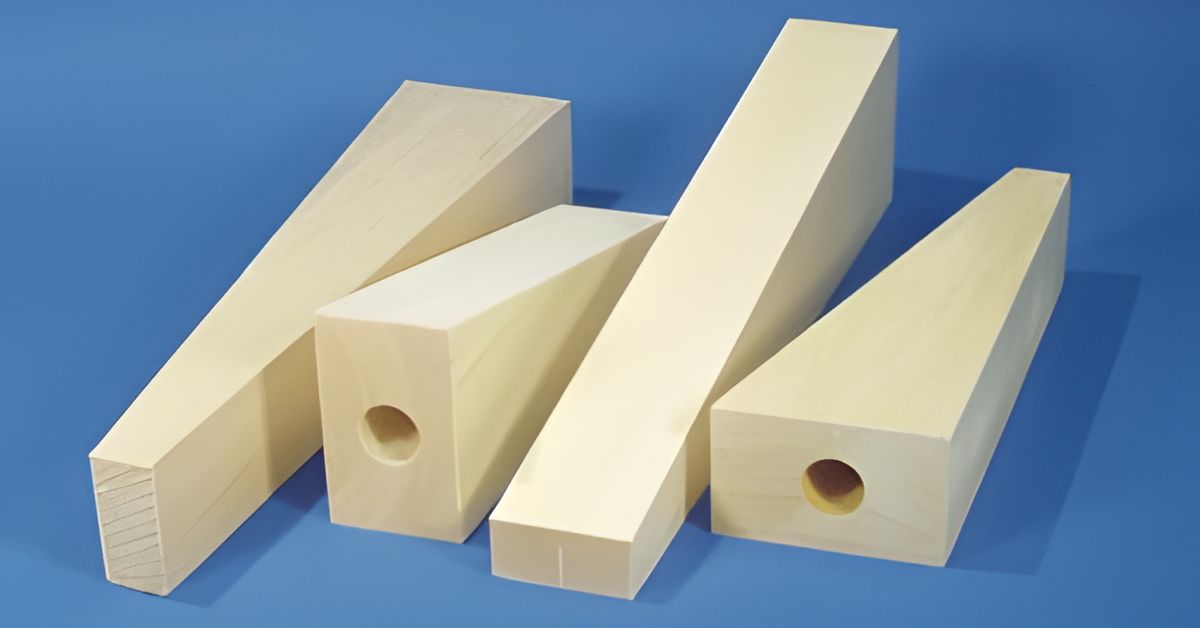Science education sparks curiosity when students experience concepts firsthand rather than simply reading about them. CO2-powered dragsters offer an exciting gateway to multiple scientific principles, combining physics, engineering, and mathematics in one thrilling project that captures a student’s attention from start to finish.
Consider teaching science with CO2-powered dragsters, whether you teach middle school physics, run a summer STEM camp, or guide your children through homeschool science lessons. Create memorable learning moments that extend far beyond the classroom while building the problem-solving skills essential for scientific thinking with this project.
Exploring Newton’s Laws
CO2 dragsters, available through wholesale model kit distributors like Midwest Model Supply, effectively demonstrate Newton’s three laws of motion. Use the dragster as a concrete example to make abstract physics concepts tangible and memorable, guiding your students through each law systematically.
Newton’s First Law: Objects in Motion
The dragster remains stationary on the track until the CO2 cartridge releases gas. Once in motion, it continues moving until friction from the track and air resistance gradually slows it down.
Encourage your students to predict what would happen without these forces to enhance this lesson and facilitate discussions about motion in space or on frictionless surfaces.
Newton’s Second Law: Force and Mass
By modifying their dragsters’ weight and observing performance changes, students discover the relationship between force, mass, and acceleration. Add small weights to a dragster and time its runs, then remove the weights and compare the results.
With this hands-on experiment, students will see how mass affects acceleration when force remains constant. You can introduce the formula (F=ma) naturally through these observations, making the mathematical relationship meaningful rather than abstract.
Newton’s Third Law: Action and Reaction
The most dramatic demonstration occurs when students witness the CO2 gas shooting backward from the cartridge while the dragster propels forward. This visible action-reaction pair makes Newton’s third law immediately understandable.
Discuss rocket propulsion, jet engines, or even walking as examples of action-reaction pairs in everyday life to extend this lesson.
Teaching Aerodynamics and Design Principles
Dragster construction offers rich opportunities to explore aerodynamic principles and engineering design. Students learn how shape, surface area, and streamlining affect performance while developing critical thinking skills through iterative design processes.
Air Resistance
Air resistance becomes a central focus as students shape their dragsters. Encourage experimentation with different nose cone designs, body profiles, and surface textures.
Students quickly discover that pointed nose cones reduce drag compared to flat or rounded fronts. This discovery can lead to discussions about why aircraft, cars, and birds have streamlined shapes.
Surface Area
Surface area plays a crucial role when it comes to dragster performance. Guide students to understand how reducing frontal area decreases air resistance, while excessive sanding or rough surfaces create turbulence that slows the vehicle.
Additionally, you can demonstrate this concept by comparing identical dragsters with different surface finishes, showing how smooth surfaces perform better.
Weight Distribution
This critical aspect affects aerodynamics and stability. Students learn to position mass toward the rear of their dragsters for better stability, discovering principles used in aircraft and automotive design.
This exploration connects physics concepts to real-world engineering applications, showing students how classroom learning applies to professional design work.

Integrating Mathematics and Data Analysis
CO2 dragsters generate abundant data that transforms math lessons into practical problem-solving exercises. Students collect measurements, calculate averages, analyze trends, and make predictions based on empirical evidence rather than abstract numbers.
Measurement and Precision
Timing dragster runs introduces concepts of measurement precision and experimental error. Students learn to take multiple measurements, calculate averages, and understand why repeated trials improve accuracy.
Consider introducing statistical concepts, such as standard deviation, through performance variations to go a step further and make abstract mathematical ideas concrete and relevant.
Speed and Velocity Calculations
Converting time and distance measurements into speed calculations gives students practical experience with unit conversions and mathematical formulas.
Students calculate average speeds, compare performance between different designs, and predict outcomes based on mathematical models. These calculations reinforce algebra skills while demonstrating how mathematics solves real problems.
Graphing and Analysis
Plotting performance data creates opportunities to teach graphing skills and data interpretation. Students can create bar graphs comparing different dragster designs, line graphs showing performance improvements over multiple design iterations, or scatter plots exploring relationships between variables, such as weight and speed.
With these visual representations, students can identify patterns and draw conclusions from their experimental data.
Building Problem-Solving and Engineering Skills
Naturally, dragster projects incorporate engineering design processes that develop critical thinking and problem-solving abilities. Students will work to identify problems, brainstorm solutions, test ideas, and refine designs based on results.
Engineering Design Cycle
You can structure the project using the engineering design cycle: Define the problem, research solutions, develop prototypes, test and evaluate, and refine the design.
During this process, students learn that initial designs rarely perform optimally, and improvement comes through systematic testing and modification. This process mirrors real engineering work while building resilience and analytical thinking skills.
Constraint-Based Challenges
These activities add complexity and engagement to the project. Establish limits on materials, dimensions, or weight that force students to think creatively within set boundaries.
These constraints mirror real-world engineering challenges where designers must balance competing requirements, such as performance, cost, and safety.
Collaborative Problem-Solving
Naturally, collaborative problem-solving emerges when students work in teams to design and build their dragsters. Team members bring different strengths and perspectives, learning to communicate technical ideas and compromise on design decisions.
Assign specific roles, such as designer, builder, tester, and data analyst, to ensure all students contribute meaningfully to the project.
Connecting Chemistry and Material Science
CO2 dragsters provide entry points into chemistry and material science concepts that complement the physics and engineering lessons. Students will explore gas properties, material characteristics, and chemical reactions while maintaining focus on the central project.
Gas Properties
The CO2 cartridge itself demonstrates gas properties and pressure relationships. Students learn how compressed gas stores energy and releases it rapidly after puncturing the cartridge.
You can discuss the carbon dioxide phase diagram, showing how the gas exists in liquid form under pressure and rapidly expands when released. Consider using this project to encourage discussions about other compressed gas applications in industry and everyday life.
Wood Properties
These properties become relevant as students select and shape their dragster bodies. Different wood types have varying densities, strengths, and workability characteristics that affect the dragsters’ construction and performance. Students learn to evaluate materials based on specific criteria, developing skills that transfer to other engineering applications.
Basic Chemistry Concepts
Surface treatments introduce basic chemistry concepts as students apply paints, sealers, or waxes to their dragsters. They discover how different coatings affect surface smoothness, weight, and appearance. This practical chemistry application demonstrates how material modifications serve specific engineering purposes.

Maximize Your Teaching Impact Today
Now that you’ve read this guide to teaching science with CO2-powered dragsters, we hope you feel inspired to partner with wholesale model kit distributors and embark on this incredible educational project with your students.
If you’re ready to get started, head over to Midwest Model Supply today to stock up on high-quality model kits and CO2 dragsters your students are sure to love. Remember, your enthusiasm and guidance will help your students develop the scientific knowledge and critical thinking skills they need for future success.


